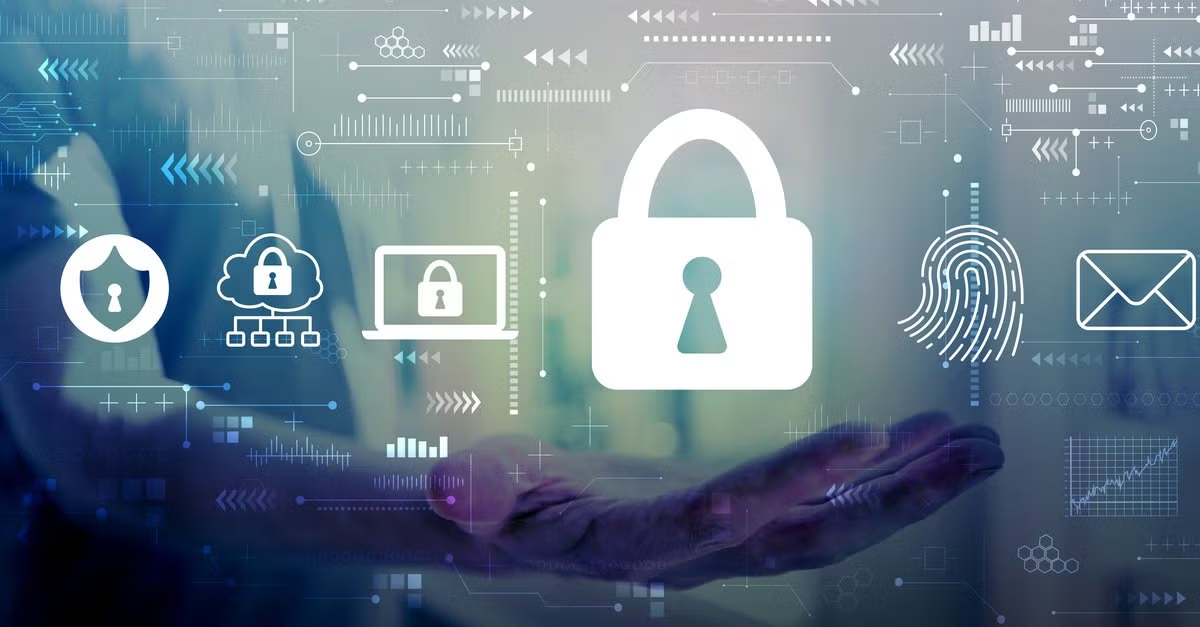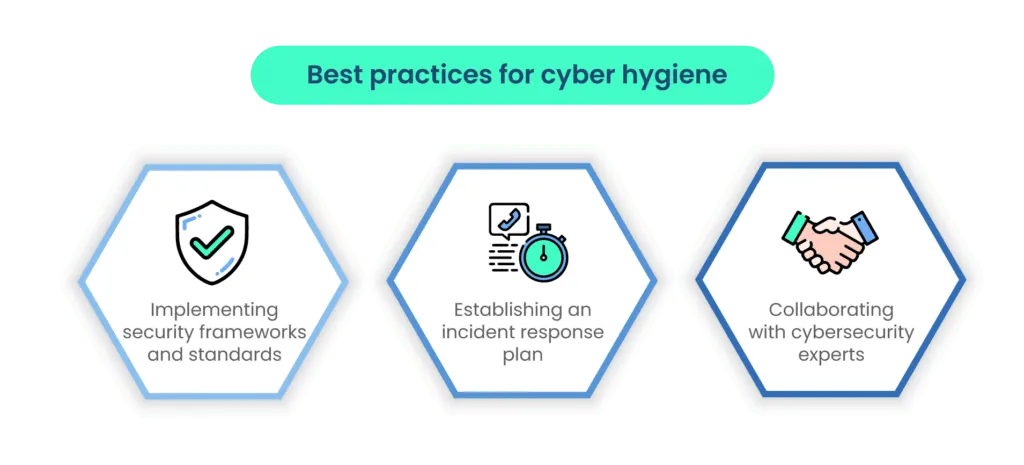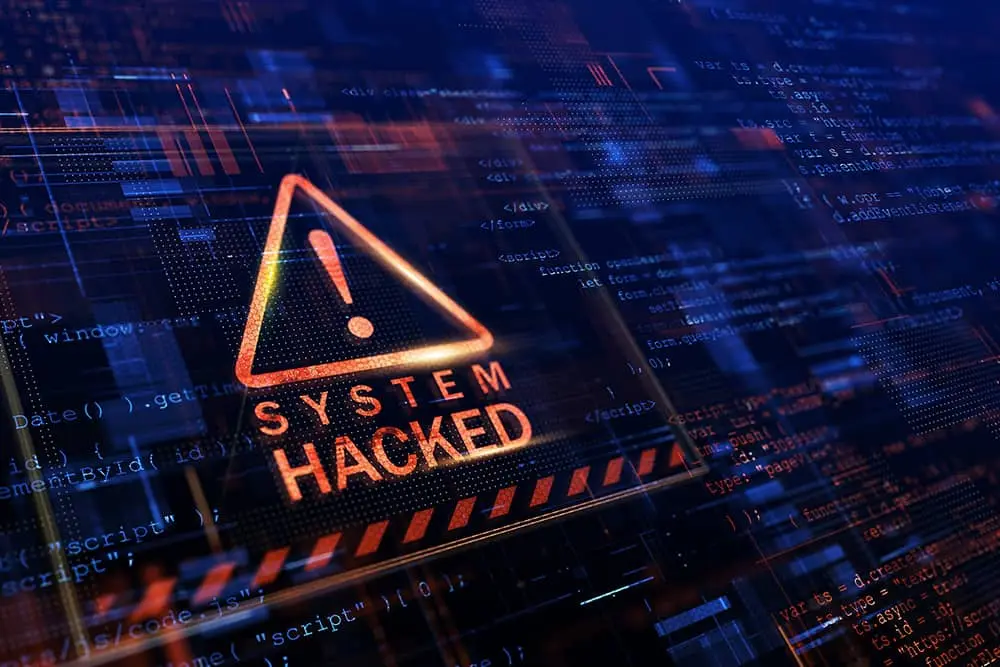
Cyber Hygiene: Best Practices for Individuals and Organizations.
Cyber Hygiene: Best Practices for Individuals and Organisations for Enhanced Security
In today’s digital age, cybersecurity is paramount for both individuals and organizations. Cyber hygiene, the practice of maintaining the health and security of digital devices and systems, is critical in defending against ever-evolving cyber threats. This article explores the importance of cyber hygiene, outlines best practices, and provides actionable steps to enhance your overall security posture.
Understanding Cyber Hygiene
Definition of Cyber Hygiene
Cyber hygiene, in essence, refers to a set of practices and habits that individuals and organizations should adopt to maintain the basic health and cleanliness of their IT systems. Just as personal hygiene protects against physical ailments, cyber hygiene protects against digital threats. Good cyber hygiene involves regularly performing tasks that minimize vulnerabilities and improve overall security and network security. It is a fundamental aspect of information security and data security.
The Importance of Cybersecurity Hygiene
Maintaining effective cyber hygiene is crucial because it serves as the first line of defense against various cyberattacks and cyber incidents. Poor cyber hygiene can leave individuals and organizations vulnerable to malware, phishing attacks, and data breaches. Implementing strong cyber hygiene practices helps to protect sensitive data, maintain operational integrity, and ensure compliance with data protection regulations. Proper cyber hygiene is essential for safeguarding digital assets and preventing potential data loss.
Common Cyber Hygiene Problems
One of the common cyber hygiene problems is the failure to implement basic security measures. This can manifest in several ways, including:
- Using weak passwords
- Neglecting software updates
- Ignoring multi-factor authentication
Many individuals and organizations also struggle with maintaining updated antivirus software and a firewall. Another significant issue is the lack of awareness and training among users regarding phishing scams and other cyber threats, which undermines overall digital security. Addressing these common cyber hygiene problems is essential for maintaining strong cybersecurity.
Best Practices for Maintaining Cyber Hygiene
Creating and Managing Strong Passwords
One of the most fundamental cyber hygiene best practices is creating and maintaining unique passwords to enhance account security. A strong password should be complex, unique, and difficult to guess. It’s crucial that individuals and organizations avoid using common words, personal information, or easily predictable patterns. Using a password manager is highly recommended to securely store and manage multiple strong passwords. Implementing these cyber hygiene practices will significantly improve your overall security and protect sensitive information from unauthorized access.
Implementing Multi-Factor Authentication
Implementing multi-factor authentication (MFA) adds an extra layer of security to your accounts. MFA requires users to provide two or more verification factors to confirm their identity. This can include something you know (a password), something you have (a security code sent to your phone), or something you are (biometric data). Utilizing MFA is a good cyber hygiene practice that significantly reduces the risk of security breaches, enhancing cybersecurity hygiene.
Regular Software Updates and Patch Management
Regular software updates and patch management are critical components of cyber hygiene. Software updates often include security patches that address known vulnerabilities. By promptly installing these updates, individuals and organizations can protect their systems from malware and cyberattacks that exploit these weaknesses. Neglecting software updates is a common cyber hygiene problem that can leave systems vulnerable to exploitation. Maintaining cyber hygiene through consistent updates is essential for maintaining network security and data security.
Common Mistakes in Cyber Hygiene
Neglecting Antivirus and Firewall Protections
A common mistake in cyber hygiene is neglecting antivirus and firewall protections. Antivirus software helps to detect and remove malware, while firewalls prevent unauthorized access to your network. Without these security solutions, systems are highly vulnerable to cyber threats. Maintaining up-to-date antivirus software and properly configured firewalls is a fundamental aspect of cyber hygiene. Overlooking these security measures can lead to security breaches and data loss, undermining cybersecurity.
Inadequate Data Protection Measures
Inadequate data protection measures represent a significant cyber hygiene failing. Organizations often neglect proper data encryption, access controls, and data backup procedures. This oversight can lead to sensitive data being exposed in the event of a cyber incident or data breach. Implementing robust data protection measures, including encryption and access controls, is crucial for protecting sensitive data. Prioritizing data security is integral to effective cyber hygiene and information security, safeguarding individuals and organizations.
Ignoring Cyber Hygiene Checklists
Ignoring cyber hygiene checklists is a common cyber hygiene problem that can lead to oversights in security measures, ultimately compromising digital security. A cyber hygiene checklist helps individuals and organizations to systematically review and address essential security practices. This includes tasks such as regularly backing up data, reviewing user access privileges, and conducting security audits. By following a cyber hygiene checklist, individuals and organizations can ensure that they are consistently maintaining good cyber hygiene practices and addressing potential vulnerabilities in their cybersecurity posture.
Developing a Cyber Hygiene Checklist
Essential Security Measures to Include
Developing a comprehensive cyber hygiene checklist is a good cyber hygiene practice for individuals and organizations to maintain a strong security posture. This checklist should include a variety of essential security measures, such as:
- Regularly updating antivirus software and implementing security updates is essential for effective cyber hygiene.
- Implementing multi-factor authentication
- Creating strong passwords
- Regular backups
- Patch management
- Network security protocols
A well-structured checklist will help ensure that all critical security measures are consistently addressed, reducing vulnerabilities and safeguarding sensitive data.
Regular Review and Updates of the Checklist
A cyber hygiene checklist requires regular review and updates to remain effective against evolving cyber threats. As new vulnerabilities are discovered and cyberattacks become more sophisticated, the checklist must adapt to address these emerging risks. Security experts recommend reviewing and updating the checklist at least quarterly, or more frequently if significant changes occur in the IT environment. This proactive approach ensures that the checklist remains relevant and continues to support maintaining cyber hygiene.
Training and Awareness for Individuals and Teams
The most effective cyber hygiene practices involve comprehensive training and awareness programs for individuals and teams to enhance their understanding of digital security. Everyone within an organization should understand their role in maintaining good cyber hygiene and protecting sensitive information. Training should cover topics such as identifying phishing scams, creating unique passwords, and adhering to data protection policies to enhance overall cyber hygiene. Regular training sessions and awareness campaigns can significantly reduce the risk of cyber incidents, reinforcing good cyber hygiene habits. These practices to keep a culture of security are vital for ensuring that all members of your organization understand and adhere to cyber hygiene protocols.
Responding to Cyber Incidents
Recognizing Signs of a Data Breach
Recognizing the signs of a data breach quickly is critical for minimizing damage. Unusual network activity, unauthorized access attempts, and unexpected data loss are indicators of a potential cyber incident. Monitoring security information and event management (SIEM) systems for anomalies can provide early warnings. If any suspicious activity is detected, immediate action is necessary to investigate and contain the breach. Prompt recognition and response are essential components of effective cyber incident management, safeguarding sensitive data and preserving your organization’s reputation. This approach maintains cyber hygiene across every interaction.
Steps to Take After a Cybersecurity Incident
Following a cybersecurity incident, swift and decisive action is paramount for mitigating potential damage and restoring normal operations. Several key actions are crucial in the immediate aftermath:
- Isolating affected systems to prevent further spread of malware or unauthorized access.
- Conducting a thorough investigation to determine the scope and cause of the incident.
- Notifying relevant stakeholders, including customers, employees, and regulatory bodies.
Implementing containment measures and restoring compromised data are essential steps for recovering from the data breach, as well as improving overall security.
Long-term Strategies for Cyber Resilience
Building long-term cyber resilience requires a proactive and holistic approach to cybersecurity. This includes implementing robust security measures, such as multi-factor authentication, encryption, and regular software updates. Developing an incident response plan and conducting regular security audits are also crucial steps. Fostering a culture of security awareness and providing ongoing training to employees can significantly enhance cyber resilience. By adopting these strategies, organizations can minimize the impact of future cyberattacks and maintain a strong security posture. This proactive approach exemplifies the concept of cyber hygiene, ensuring consistent protection against evolving cyber threats.
What is cyber hygiene and why is it important for individuals and organizations?
Cyber hygiene refers to the practices and strategies that individuals and organizations implement to maintain a secure digital environment. It is important because cyber hygiene helps in minimizing the risk of security incidents, reducing vulnerabilities, and protecting sensitive data from the latest cyber threats.
What are some common cyber hygiene mistakes to avoid?
Common cyber hygiene mistakes include using weak or reused passwords, failing to update operating systems and software regularly, neglecting email security, and not implementing multi-factor authentication. These mistakes can expose users to various security issues and increase the risk of data breaches.
How can individuals improve their online security through cyber hygiene best practices?
Individuals can improve their online security by adopting cyber hygiene best practices such as using unique and complex passwords for different accounts, enabling multi-factor authentication, keeping software updated, and regularly conducting security audits to identify potential vulnerabilities.
What role do software updates play in maintaining good cyber hygiene?
Software updates play a crucial role in maintaining good cyber hygiene as they often include security updates that address known vulnerabilities. Regularly applying these updates helps to safeguard systems against malware and other cyber threats, ensuring a stronger defense against potential breaches.
How does using a password manager contribute to better cybersecurity hygiene?
A password manager helps individuals create and store unique passwords for various accounts, significantly reducing the likelihood of using weak or reused passwords. This practice enhances cyber hygiene and mitigates the risk of unauthorized access due to compromised credentials.
What security measures should organizations implement as part of their cyber hygiene checklist?
Organizations should implement a comprehensive cyber hygiene checklist that includes regular training for employees on cybersecurity practices, maintaining strong network security with firewalls, ensuring data protection through encryption, and conducting routine assessments of security vulnerabilities.
What is the significance of multi-factor authentication in cyber hygiene?
Multi-factor authentication adds an additional layer of security by requiring users to provide two or more verification factors to gain access to accounts. This significantly enhances cybersecurity hygiene by making it more difficult for unauthorized users to breach accounts, even if they have the password.
How can individuals safeguard their devices from malware and other threats?
Individuals can safeguard their devices from malware and other threats by using antivirus software, enabling firewalls, practicing safe browsing habits, and being cautious with email attachments and links. These practices are essential for maintaining effective cyber hygiene and protecting against potential security incidents.








